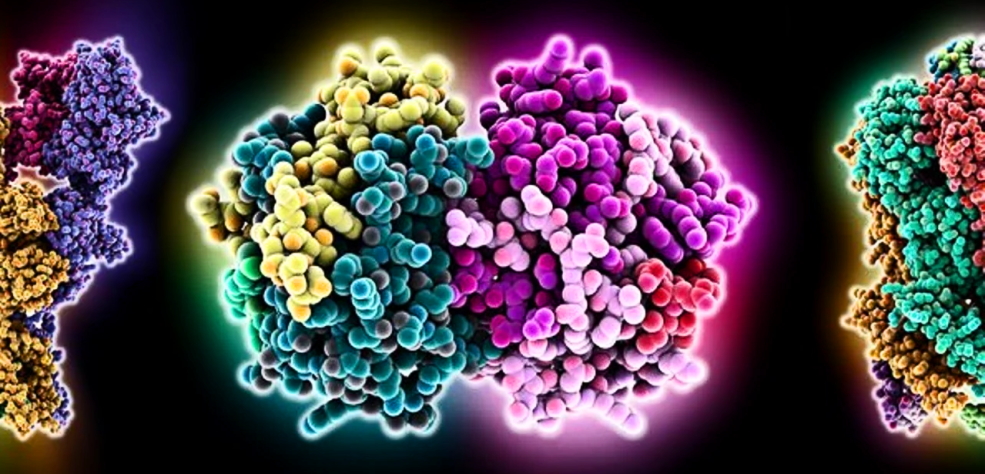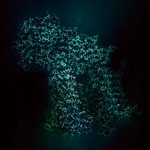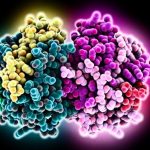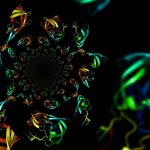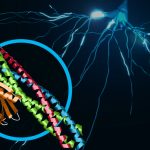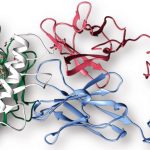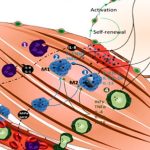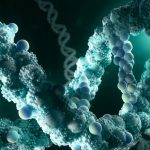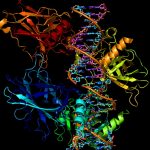Protein plays a vital role in every living organism and there are more than a hundred proteins in each creature to take down the metabolic activities of a body. But still there or few more proteins about which have not been studied. With the improvement in technology, it is possible to determine the structure of a protein in case you don’t have any knowledge about it here the methods for determining protein structure have been listed out, look at it to get to know of them.
X-ray crystallography
X-ray crystallography is one of the primary methods which assist in determining the structure of a protein. When it comes to the structure of protein the tertiary structure plays a crucial role and decides the properties of a protein in that case this method going to help you in knowing the tertiary structure of the protein.
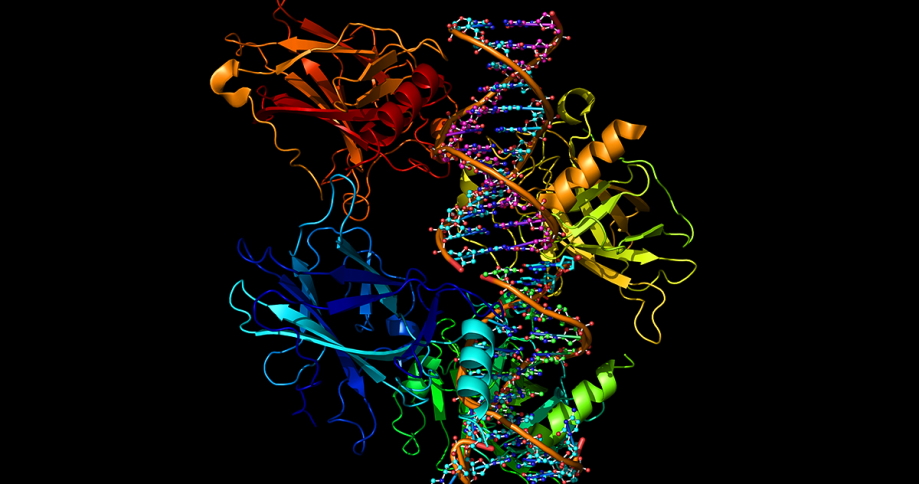
Generally, when you keep the protein sample in x-ray crystallography the ray from the sample gets passed through the rotating crystal the crystal which diffracts the ray that comes from the sample is recorded and the result will be analyzed with help of the computerized system.
The x-ray crystallography will show you the atomic arrangements that offer protein and other nearby iron ligands and a few more information about a protein. But to conduct the x-ray crystallography you require more protein samples so before running them collect enough quantity of protein sample and remove the impurities in it to get the high-resolution result of a protein.
Here that crystal quality plays a vital role in case it could not diffract the ray that pause is it you couldn’t get the proper result so remember it while you are going for x-ray crystallography.
Cryo-electron microscopy
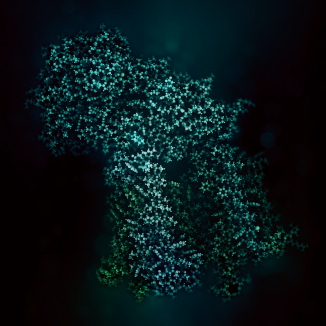 Another method for protein structure determination is cryo-electron microscopy. With the help of cryo-electron microscopy, you can able to determine the structure of any macromolecule complexes two micro molecule complexes and the best part about this method is they are capable of reconstructing the tertiary structure of a particle. Unlike x-ray crystallography, they don’t require a higher amount of samples even with the minute protein sample you could able to know the structure of a protein with high resolution. But still, when comparing to x-ray crystallography it is less common in usage.
Another method for protein structure determination is cryo-electron microscopy. With the help of cryo-electron microscopy, you can able to determine the structure of any macromolecule complexes two micro molecule complexes and the best part about this method is they are capable of reconstructing the tertiary structure of a particle. Unlike x-ray crystallography, they don’t require a higher amount of samples even with the minute protein sample you could able to know the structure of a protein with high resolution. But still, when comparing to x-ray crystallography it is less common in usage.
The above mentioned are the ways to determine protein structur but still, without knowing them properly it is not a good idea to go for those studies. More to it still there are some more ways to determine the protein structure so along with this know them too to make the right decision.

